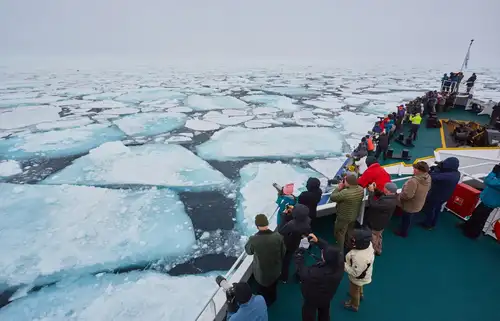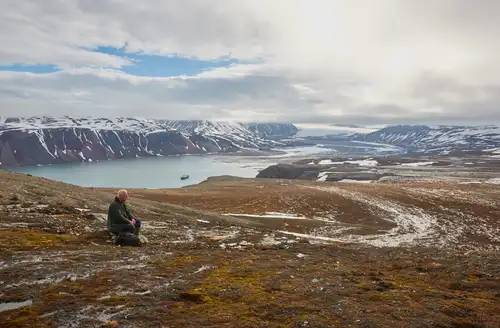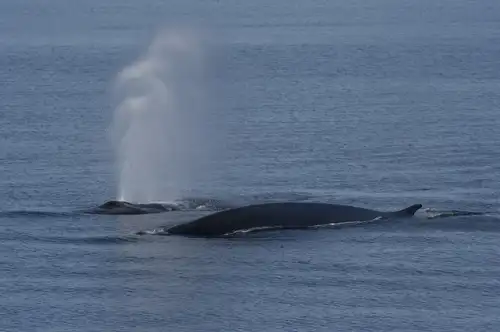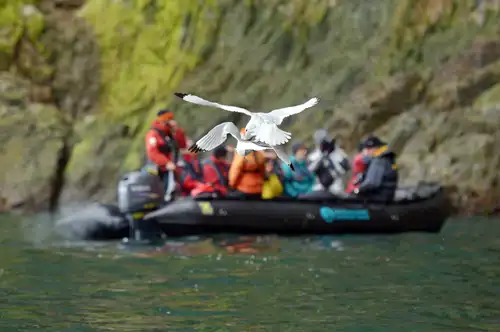Name: Harbour Porpoise, Puffer, Puffing Pig (Phocoena phocoena)
Length: 1.5 - 1.9 metres
Weight: 60 - 75 kg, males being smaller
Location: Coasts of North America, Europe, Africa, and Asia
Conservation status: Least Concern
Diet: Fish, squid, crustaceans
Appearance: Dark grey back, lighter grey sides, white underside
How do Harbour Porpoises feed?
In shallow waters, Harbour Porpoises forage near the bottom; in deeper waters, they stay mid-range. Typically solo foragers, they sometimes hunt in small groups. Dives usually last about a minute but can extend up to 5 minutes, with the deepest recorded dive at 220 metres. They use small spade-shaped teeth to catch prey, which is swallowed whole, and echolocation to find food in murky waters.
Are Harbour Porpoises social?
Harbour Porpoises are generally solitary but can be seen in groups (shoals) of up to 5 members.
How fast do Harbour Porpoises move?
They can reach speeds of up to 25 km per hour.
What are Harbour Porpoise birthing rituals like?
Females mature sexually at 3 or 4 years and can give birth annually for several years. They can be pregnant and lactating simultaneously. Mating involves multiple partners, with a gestation period of just over 10 months. Calves are born in early summer, measuring 65-85 cm and weighing 6.5 - 10 kg, and are weaned after 8-12 months.
How long do Harbour Porpoises live?
They live about 15 years in the wild.
How many Harbour Porpoises are there today?
The global population is estimated at around 700,000 individuals.
Do Harbour Porpoises have any natural predators?
They are hunted by sharks, killer whales, and occasionally gray seals. Bottlenose dolphins sometimes attack and kill them without eating them.
7 Pleasing Harbour Porpoise Facts
- One of the smallest marine mammals.
- Stays close to coasts and estuaries, making them familiar to people, though they are shy and not approachable like dolphins.
- Can travel far up rivers, sometimes seen hundreds of kilometers inland.
- Four known distinct populations:
- Phocoena phocoena phocoena - North Atlantic, West Africa
- P.P. relicta - Sea of Azov, Black Sea
- P.P. (unnamed) - Northwest Pacific
- P.P. vomerina - Northeast Pacific
- The word “porpoise” comes from Medieval Latin "porcopiscus," combining "porcus" (pig) and "piscus" (fish).
- Unlike dolphins, they have blunt snouts and a streamlined forehead.
- During mating season, a male’s testes can enlarge to about 5% of his total weight.


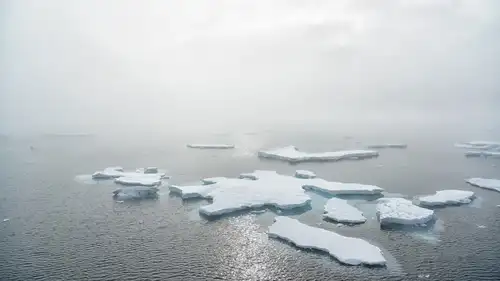
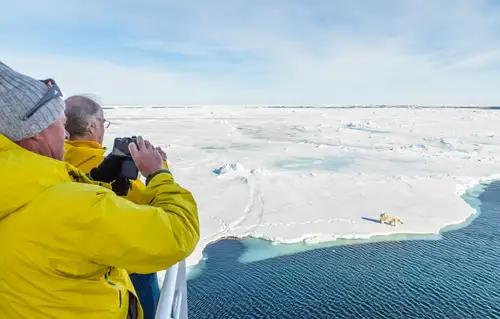
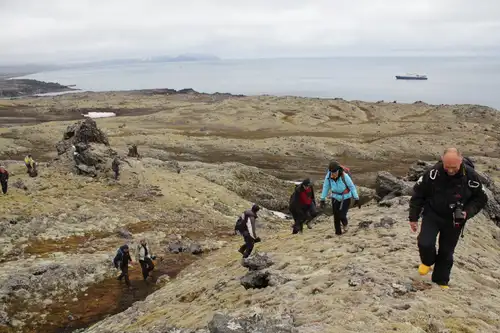
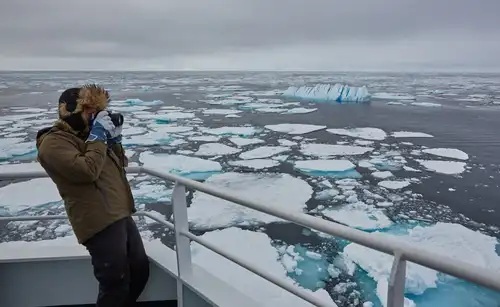
Related Trips


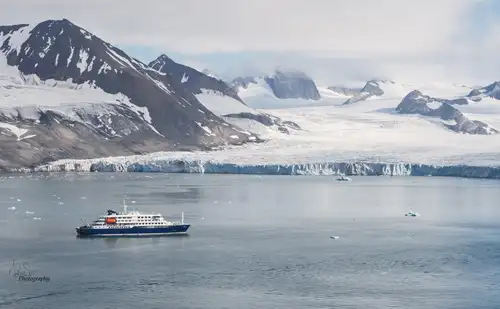
What’s so Special about East Spitsbergen?
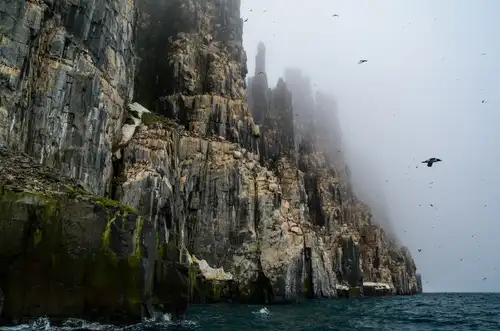
Spitsbergen: Alkefjellet magic
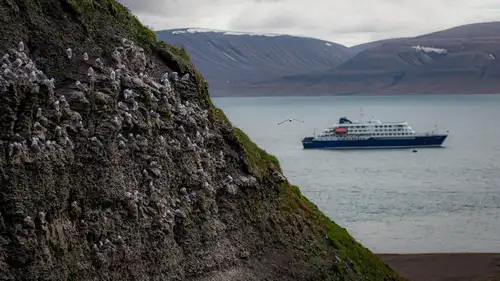
Circumnavigating Spitsbergen
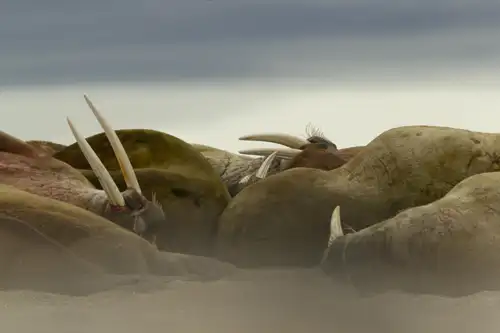
15 Toothy Facts About the Atlantic Walrus
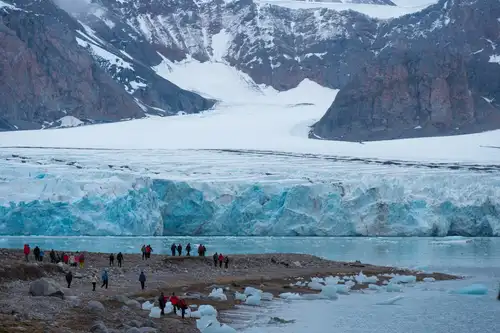
16 Conversation-Starting Svalbard Facts
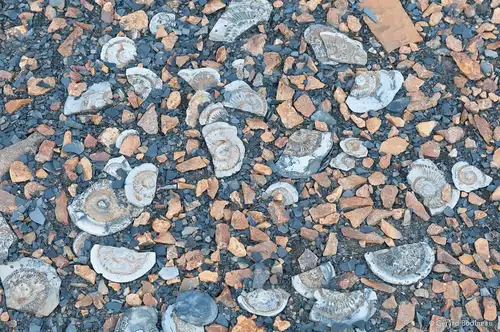
Svalbard a Disneyland for geologists
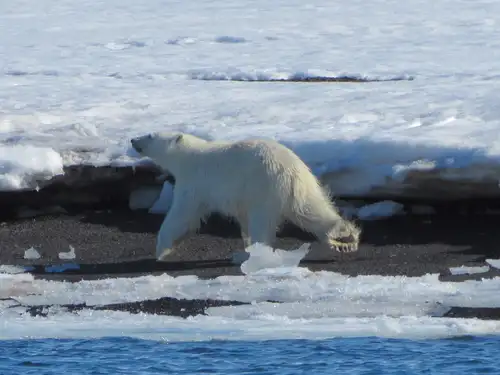
Polar bear feast
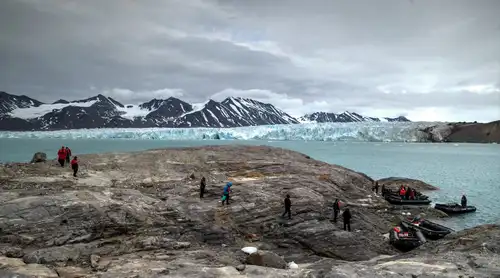
The Enchanting Islands of Svalbard
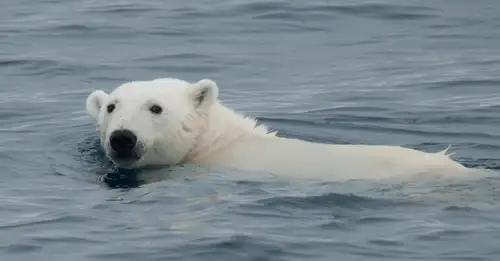
Polar Bear Sets Impressive New Diving Record
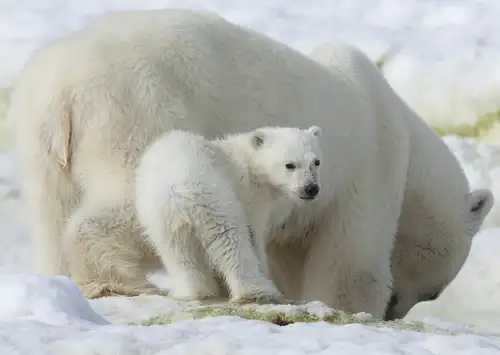
Arctic Icon: 10 Facts about the Polar Bear
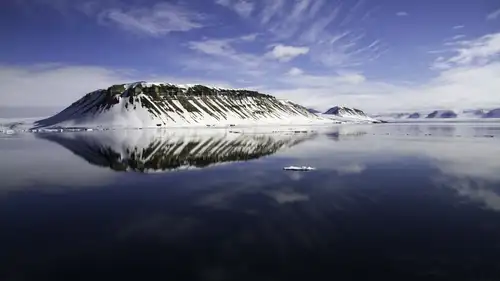
The Ice-Jewelled Geology of Spitsbergen
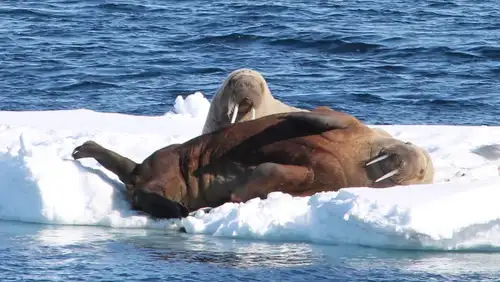
Svalbard’s 12 Most Iconic Animals
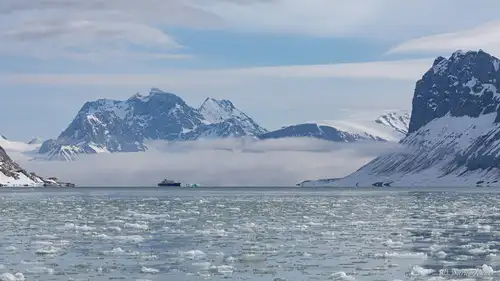
Svalbard vs. the Canadian Arctic
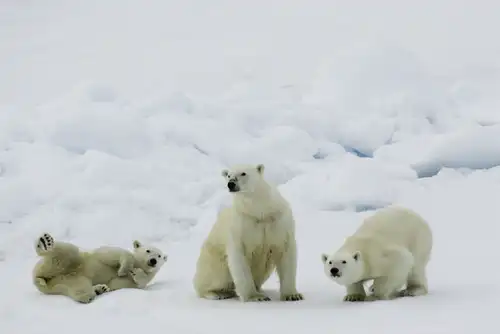
Polar bear encounter in Spitsbergen

Inside the Svalbard Global Seed Vault
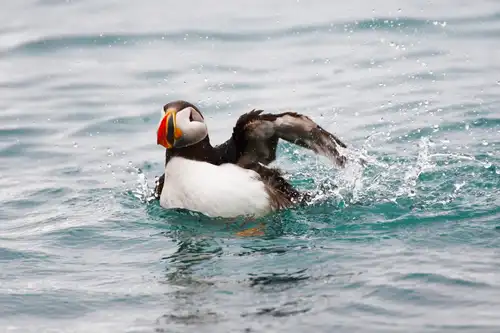
Puffins: Clown Birds of the Atlantic
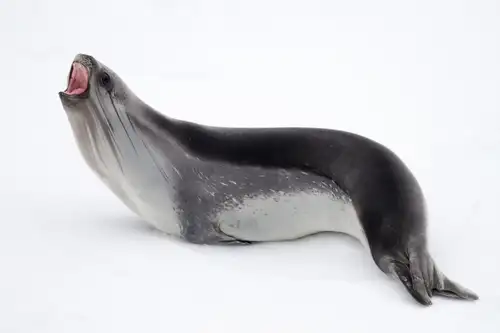
11 Seals You May See in Antarctica or the Arctic

Seizing the Season: Spitsbergen’s Late Spring, Early Summer
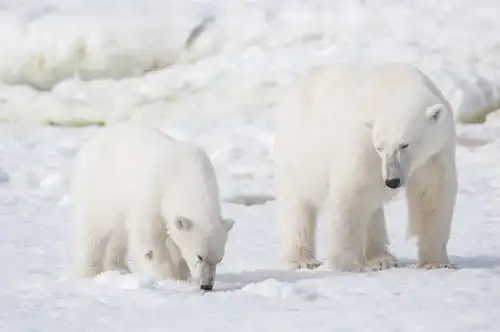
The polar bear: king of the Arctic food chain
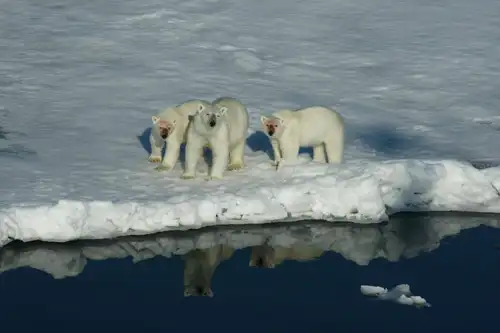

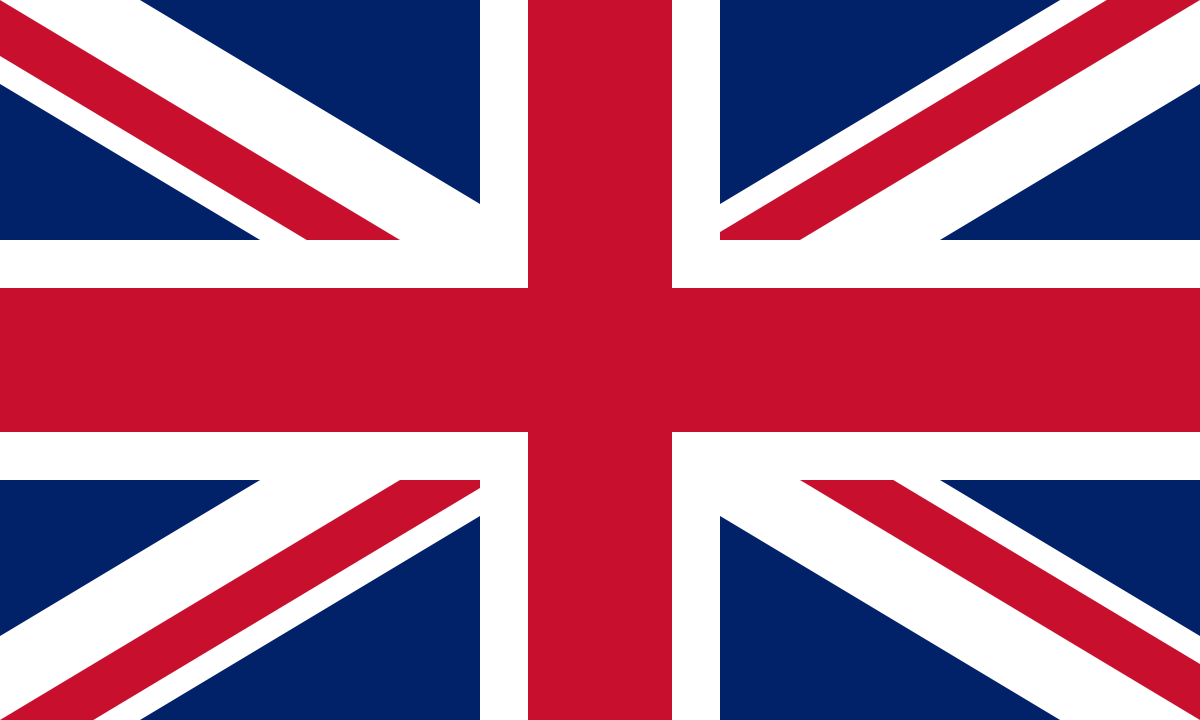

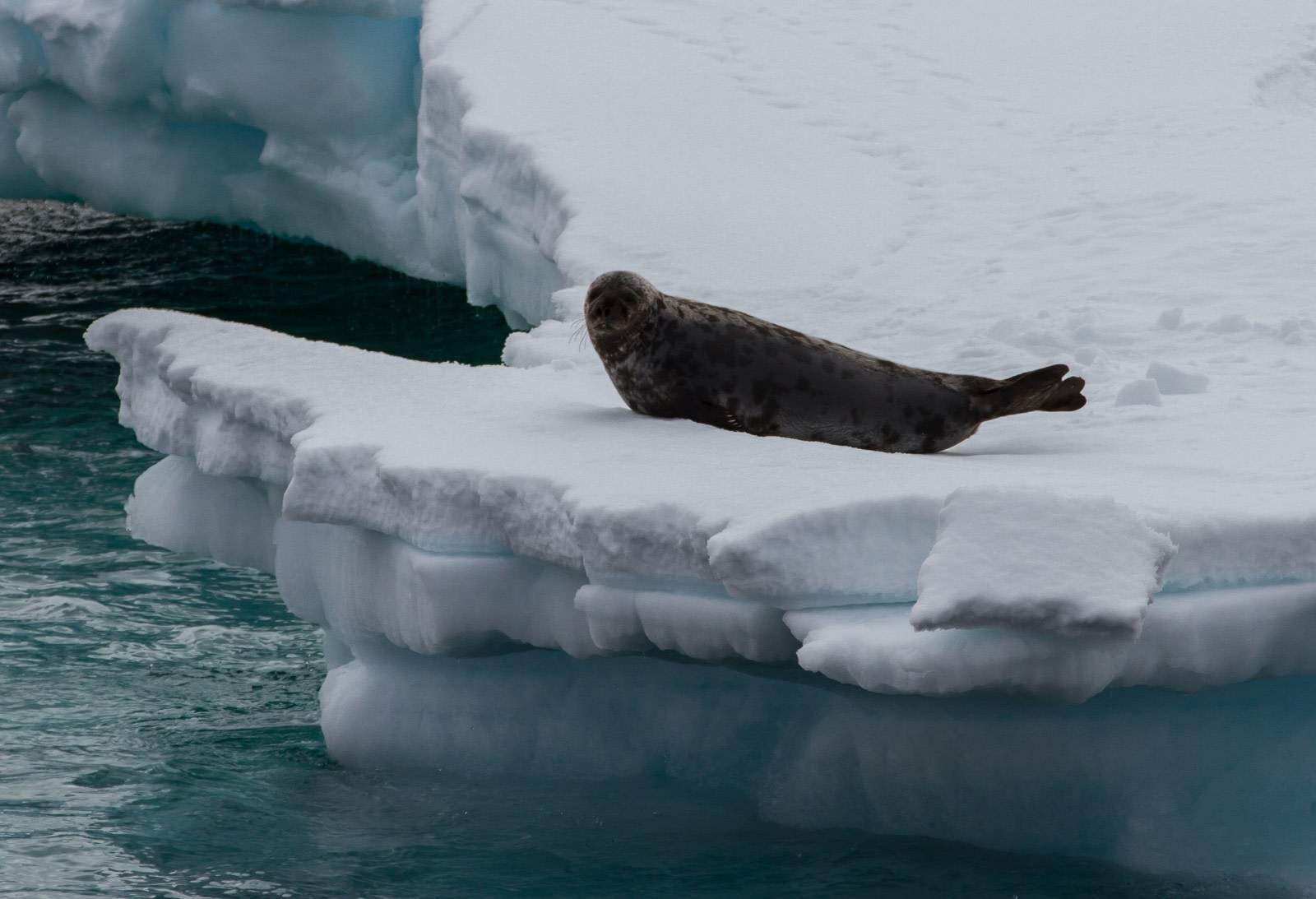

 8 Days / 7 Nights
8 Days / 7 Nights
